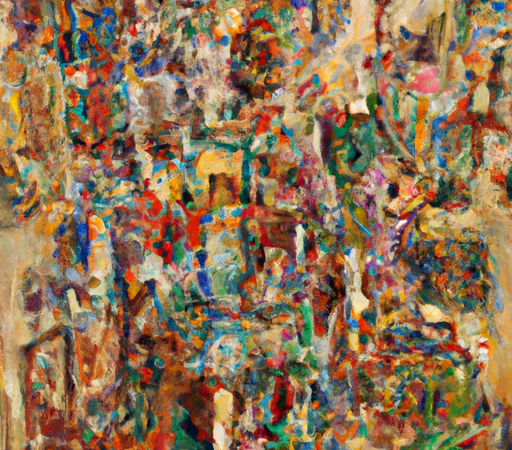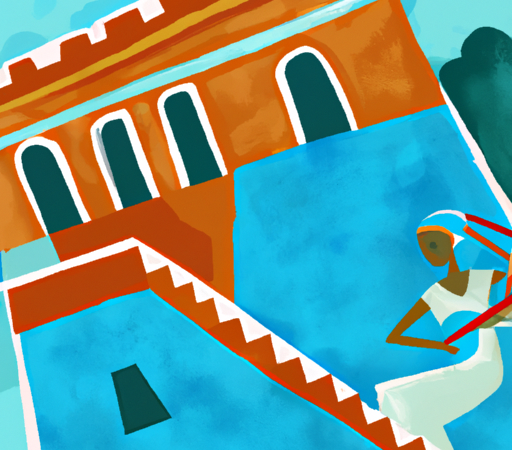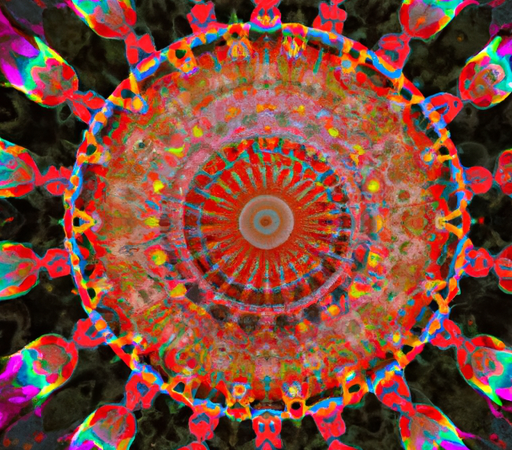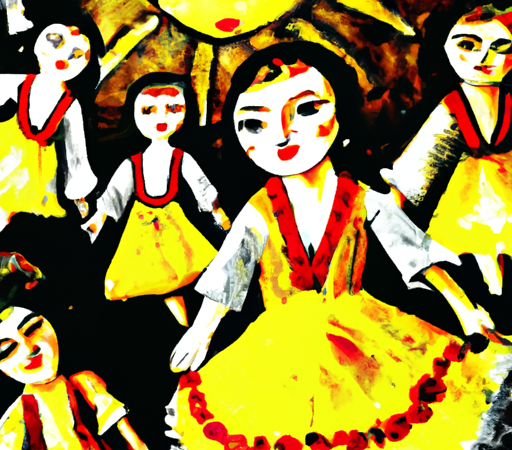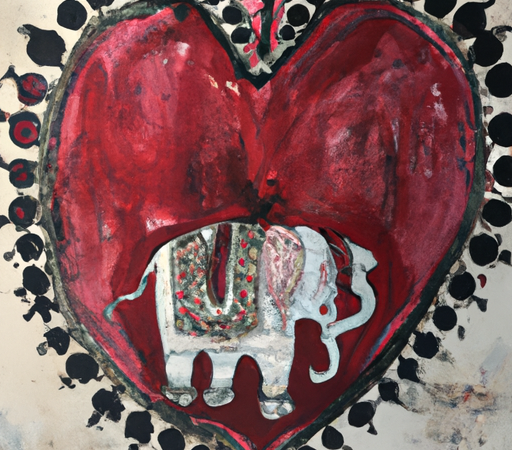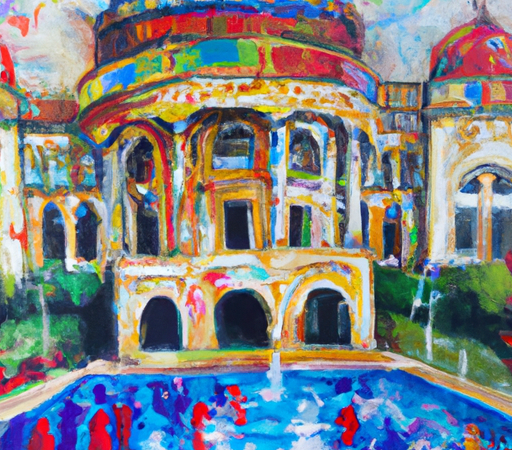The Intersection of Culture and Art: Exploring News and History of Iconic Masterpieces
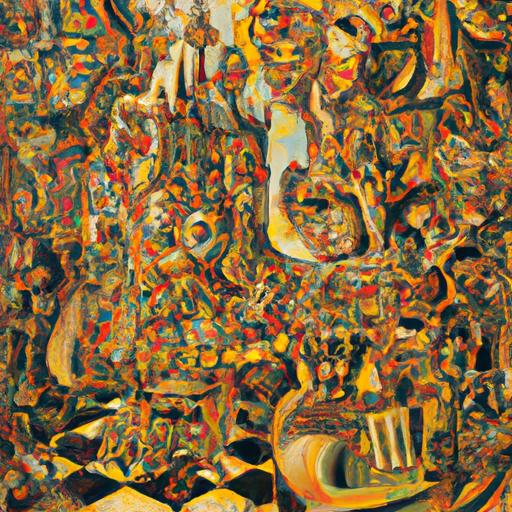
Art and culture are intrinsically linked, as both reflect and shape the society they emerge from. Throughout history, iconic masterpieces have not only captivated audiences but have also served as a reflection of the prevailing political, social, and economic climates in which they were created. Whether it be paintings, sculptures, literature, or music, art has always been a powerful tool to understand and interpret the events and emotions surrounding its making. Exploring the news and history behind these masterpieces offers a fascinating journey into the intersection of culture and art.
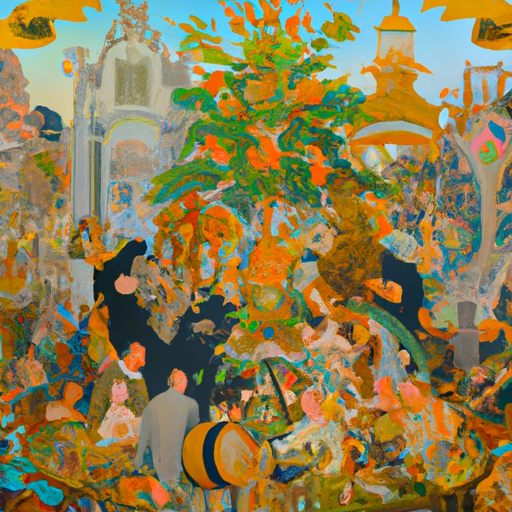
One of the most renowned examples of the intersection of culture and art can be found in Leonardo da Vinci's masterpiece, the Mona Lisa. Painted in the early 16th century, this enigmatic portrait of Lisa Gherardini has not only captured the imaginations of millions but has also become an enduring symbol of Western art. Beyond its artistic merits, the Mona Lisa has been the subject of extensive historical and cultural analysis. Scholars believe that da Vinci's choice to paint Lisa Gherardini, a member of the Florentine bourgeoisie, was a calculated nod to the shifting dynamics of power in Renaissance Italy. By placing a non-noble woman at the center of his composition, da Vinci challenged the traditional elitism of commissioned portraiture, aligning himself with the emerging humanist ideals of the time.
Moving forward to the 20th century, one cannot ignore the profound impact of Pablo Picasso's painting, Guernica. Completed in 1937, this large-scale work was a response to the devastating bombing of Guernica during the Spanish Civil War. Picasso's cubist style allowed him to fragment and distort the human figures, conveying the anguish and horror of the event. The painting quickly became an international symbol of the brutality of war and the suffering endured by innocent civilians. Through Guernica, Picasso channeled his artistic abilities to become the voice of the oppressed and a catalyst for social awareness.
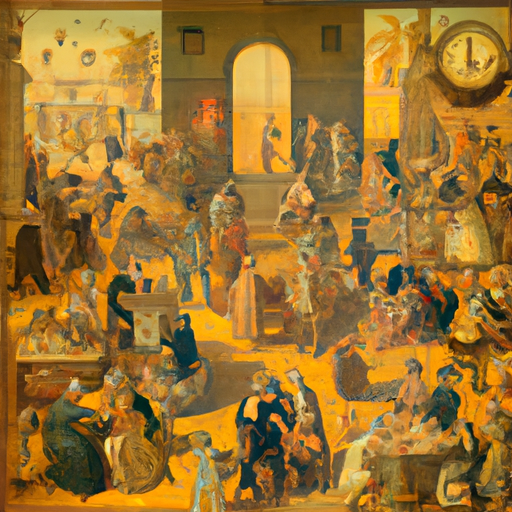
Literature is another art form that often serves as a reflection of culture and historical events. George Orwell's dystopian novel, 1984, published in 1949, is a striking example. Orwell's work resonated deeply with readers, as it predicted a grim future of constant surveillance, government manipulation, and the erosion of individual freedoms. At the time, the book served as a poignant critique of totalitarian regimes and the dangers of unchecked power. Today, it continues to spark conversations about the intersection of technology, politics, and personal liberty in the digital age.
Music, too, has been an invaluable vessel for cultural expression and historical documentation. Take, for instance, Bob Dylan's protest song, "Blowin' in the Wind." Released in 1962 during the height of the Civil Rights Movement, the song encapsulated the frustration and quest for justice felt by millions across America. Its simple yet powerful lyrics, combined with Dylan's distinctive folk style, made it an anthem for the era. "Blowin' in the Wind" became an integral part of the soundtrack to social change, serving as a reminder of the ongoing struggle for equality and human rights.
Exploring the news and history behind iconic masterpieces allows us to delve deeper into their significance and appreciate the nuanced interplay between culture, art, and the human experience. These artworks are not merely aesthetic objects; they embody the triumphs, struggles, and aspirations of generations past and present. By understanding the context in which they were created, we gain a richer understanding of the world around us and the evolving nature of artistic expression.

